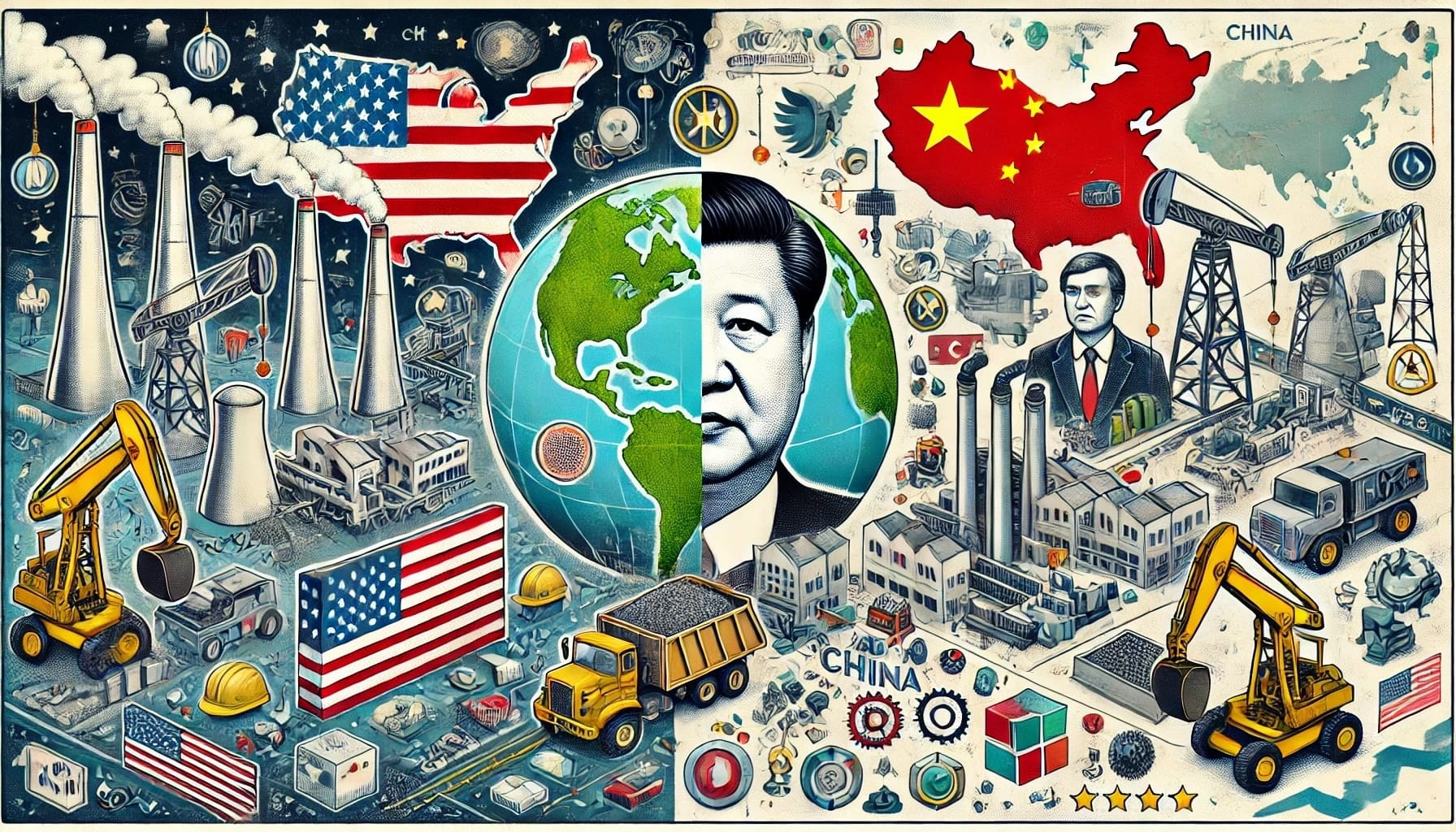The Chinese government is banning the overseas travel of developers of its most advanced artificial intelligence model, DeepSeek, to protect its technological sovereignty against the West. The rivalry between China and the United States has now escalated into the realm of AI, with geopolitical, economic, and cybersecurity consequences.
AI: The New Epicenter of Power Tensions
The battle for technological supremacy between the United States and China has entered a new phase: the race for leadership in artificial intelligence. While Silicon Valley has been making headlines with models like GPT-4, Perplexity, Claude, and Gemini, China has quietly but steadily progressed with DeepSeek, an open-source model that has surprised the global community with its performance and local execution capabilities.
The latest model, DeepSeek V3-0324, features 685 billion parameters and has demonstrated in laboratory tests that it surpasses Western competitors in key natural language processing tasks. The most striking fact: it can run locally on a Mac Studio M3 Ultra with 512 GB of memory, achieving speeds of up to 20 tokens per second using the MLX-LM library. This is an advancement that until recently seemed reserved only for large data centers.
China Bans Overseas Travel for Its Star Developers
The Chinese government’s response has been swift. In an unprecedented move, authorities have prohibited engineers, scientists, and entrepreneurs responsible for DeepSeek from traveling abroad. This decision aims to prevent “brain drain,” protect strategic information, and safeguard innovation against potential leaks or espionage.
Such measures harken back to the times of the Cold War, when key scientists were considered national assets and were kept under strict supervision. The measure also reflects concerns that these experts could be tempted by major U.S. or European tech companies, taking their talent and knowledge out of China.
A Global Impact on the Tech Sector
The meteoric rise of DeepSeek has shaken the Western tech industry. According to various reports, stocks of giants like Microsoft, Google, Nvidia, and Meta have fallen following the emergence of the Chinese model, which combines power, efficiency, and accessibility.
China has massively invested in AI infrastructure, startup creation, and research centers, accelerating its technological independence. The country aims not only to compete but to lead the development of generative AI models, computer vision, and industrial automation.
The U.S. Responds with Sanctions and New Restrictions
From Washington, the progress of DeepSeek is viewed as a direct threat. The Trump administration has announced that it will strengthen the technological sanctions imposed on China, further limiting access to advanced components such as cutting-edge chips and semiconductor manufacturing machinery.
However, experts point out that these restrictions could be counterproductive. Previous experience with sanctions imposed by the Biden administration showed that China is capable of overcoming obstacles by developing its own technology and reducing its reliance on external sources.
A Conflict Affecting the Entire Tech Community
Beyond the bilateral confrontation, the escalation between China and the United States poses serious challenges to the global tech community. The fierce competition for supremacy in artificial intelligence threatens to fragment the innovation ecosystem, hinder international collaboration, and enhance industrial espionage.
Additionally, global platforms like Wikipedia and web.archive.org—often used to feed databases for AI models—are also affected by the appetite of models like DeepSeek, GPTBot (by OpenAI), Bytespider (by ByteDance), Claude, and Perplexity, which massively consume resources to train their models.
In this context, open-source projects and educational platforms are overwhelmed with traffic from AI crawlers, sometimes far surpassing visits from legitimate users or even Google’s crawls. According to internal data from media networks like administraciondesistemas.com and educacion2.com, up to 90% of traffic can be attributed to AI bots, prompting the implementation of increasingly complex anti-abuse measures.
What Future Awaits Us?
China’s declared goal is to become a global economic leader by 2030, and artificial intelligence is a key piece of that strategy. The United States, for its part, is determined to maintain its leadership, even if it involves restrictions, sanctions, and protectionist policies.
Meanwhile, the European Union is studying regulations to limit the impact of AI models on privacy and security, trying to find a balance between innovation and the protection of rights.
The big question is whether this new technological Cold War will foster innovation or, instead, lead to a geopolitical conflict that hinders global progress. Artificial intelligence, which was born as a tool to improve people’s lives, has become the epicenter of a struggle for power on a planetary scale.
Source: Financial News

